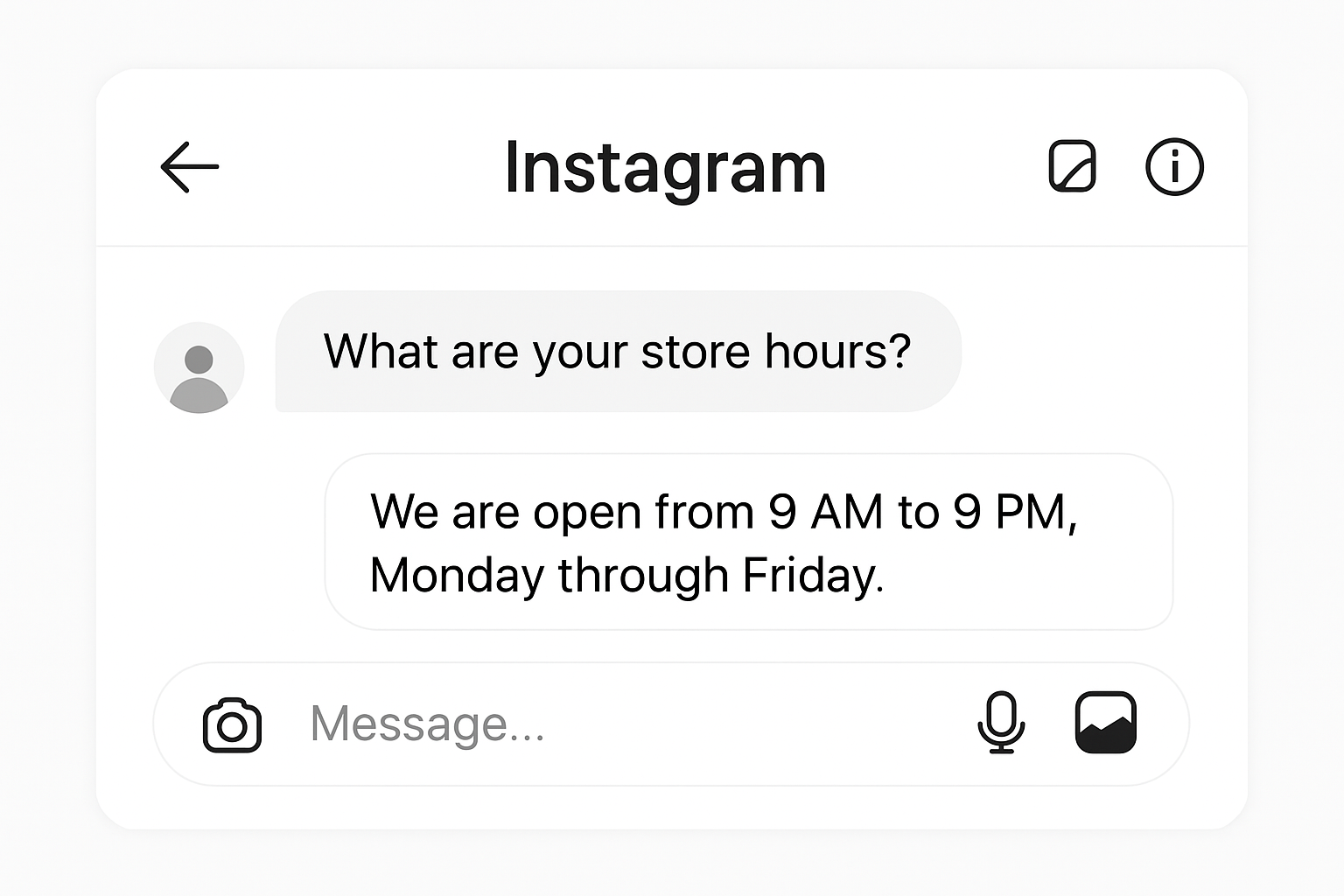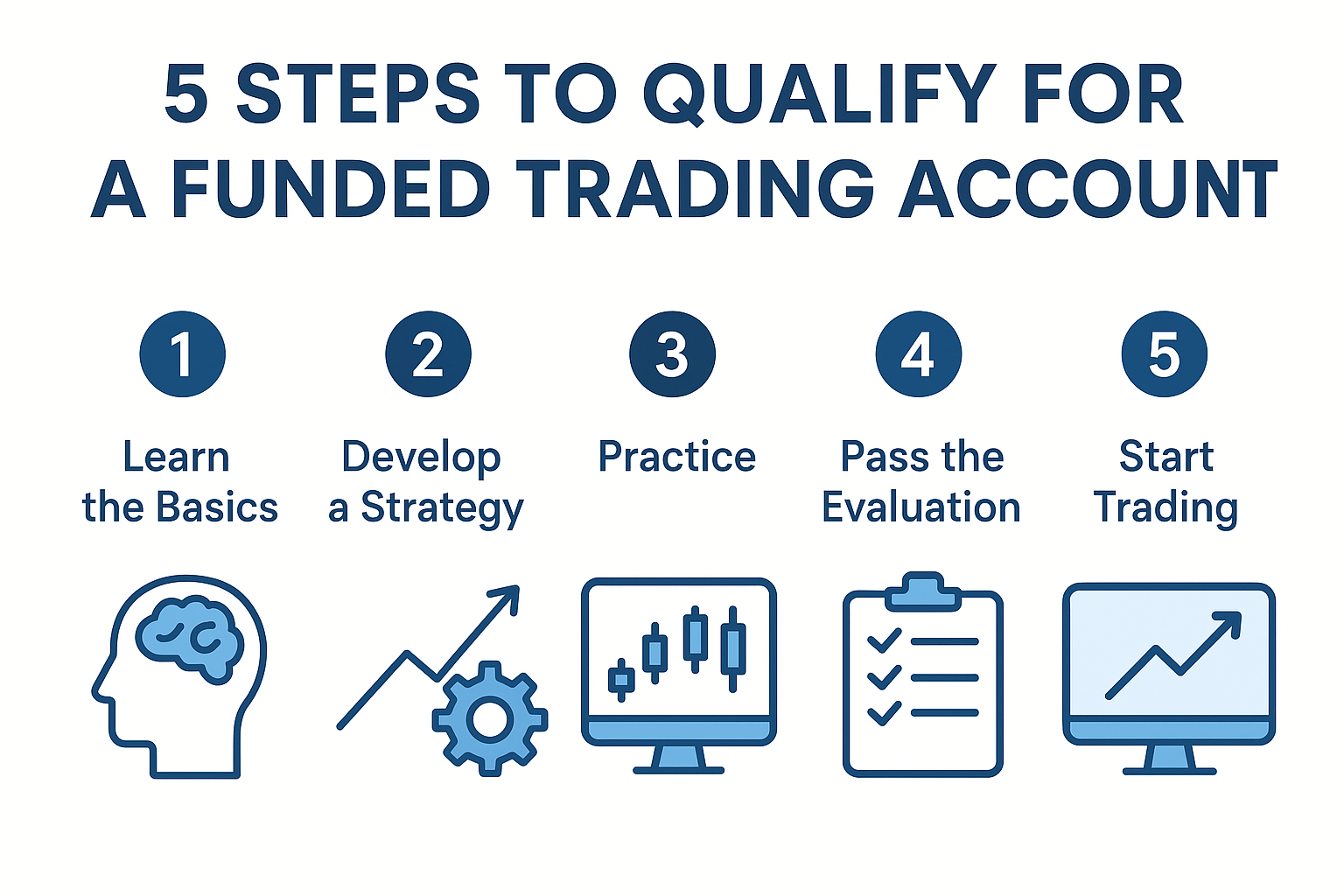Virtual Banks: Redefining the Future of Finance
The rise of virtual banks is reshaping the global financial system in ways few could have predicted just a decade ago. With the increasing digitization of everyday life, from how we work to how we shop, it’s no surprise that banking is undergoing a digital revolution of its own. Virtual banks—also known as digital banks or neobanks—are taking the lead, providing modern banking experiences tailored to a tech-savvy generation that values speed, convenience, and transparency.
What Are Virtual Banks?
Virtual banks operate without traditional brick-and-mortar branches. Instead, they offer their entire suite of services online, typically through mobile apps and web platforms. Customers can open an account, transfer money, apply for loans, manage budgets, and invest—all without stepping into a physical bank.
These banks have surged in popularity, especially among millennials and Gen Z, who are more comfortable managing money on their phones than walking into a bank branch. In the UK, notable virtual banks such as Monzo, Revolut, and Starling Bank have gained widespread adoption due to their user-friendly interfaces, no-hidden-fees policies, and advanced features like instant transaction notifications and integrated budgeting tools.
The Appeal of Going Digital

One of the main drivers behind the growth of virtual banks is their ability to deliver a seamless customer experience. Traditional banks have long been criticized for their bureaucracy, slow customer service, and opaque fee structures. Virtual banks, on the other hand, were built from the ground up with the customer experience in mind. Here are a few reasons they continue to gain ground:
1. Convenience
Perhaps the most obvious benefit is accessibility. Users can manage their finances 24/7, from anywhere in the world, without being restricted to banking hours or physical locations.
2. Speed and Efficiency
Digital onboarding processes can take just minutes. Many virtual banks allow users to verify their identity with a quick selfie and a photo of their ID. Transfers, loan applications, and bill payments are often processed much faster than at traditional institutions.
3. Lower Fees
Without the overhead costs of physical branches, virtual banks can pass the savings on to customers. This often translates to no monthly fees, lower international transaction charges, and more competitive exchange rates.
4. Smart Tools
Budget tracking, savings pots, real-time spending insights, and push notifications are built into many virtual banking apps. These tools empower users to take better control of their financial habits.
Security and Trust
While some still hesitate to trust digital-only banks, many virtual banks are regulated and licensed in the same way as traditional banks. In the UK, for instance, virtual banks that are authorized by the Prudential Regulation Authority (PRA) and regulated by the Financial Conduct Authority (FCA) offer the same level of deposit protection as any high street bank—up to £85,000 per person under the Financial Services Compensation Scheme (FSCS).
Moreover, security features like biometric logins, two-factor authentication, and encrypted communications are standard, making digital banking as safe—if not safer—than traditional banking.
Challenges and Limitations
Despite their advantages, virtual banks are not without limitations. Some users still value face-to-face service, particularly when dealing with complex financial matters. Others may find that digital banks don’t yet offer the full range of services they need, such as mortgages, investment advice, or business banking solutions.
Another common concern is downtime. As with any tech-based service, outages can happen. While they’re rare, they can cause frustration when they occur, especially during peak financial moments.
The Role of Virtual Banks in Lending
One of the most significant areas of innovation for virtual banks is lending. While many started by offering only current accounts and debit cards, a growing number now provide access to credit products, including overdrafts, personal loans, and buy-now-pay-later services.
The digital nature of these banks means faster credit assessments, instant approvals, and clear repayment terms—all accessible via a smartphone.
However, there are still more complex financial needs that require specialist lenders. For example, property investors or homebuyers needing short-term funding solutions often turn to niche products like Bridging Loans. These are ideal for situations where fast access to capital is critical, such as when buying a property at auction or bridging the gap between a property purchase and sale. While virtual banks may not offer such loans directly, they often refer clients to specialist providers or partner with external platforms to broaden their offering.
How Virtual Banks Are Evolving
As technology continues to evolve, so too will the services offered by virtual banks. In the coming years, we can expect:
- AI-Powered Financial Assistants: Digital banks will increasingly use artificial intelligence to help users manage their finances more effectively. Expect personalized financial recommendations, automated saving strategies, and predictive analytics to become standard.
- Deeper Integrations: Open banking initiatives will allow virtual banks to integrate with a wider ecosystem of financial tools and services, giving users even more control and flexibility.
- Expansion into New Markets: As adoption grows, digital banks will likely expand into sectors like insurance, investments, pensions, and more, becoming all-in-one financial platforms.
- Cryptocurrency and Web3: Some virtual banks are already experimenting with cryptocurrency support. As digital assets become more mainstream, expect integration of crypto wallets, blockchain-based payments, and even decentralized finance (DeFi) tools within mainstream virtual banking apps.
The Bottom Line
Virtual banks are no longer a fringe innovation—they are a core part of the modern financial landscape. With their user-centric design, smart features, and lower costs, they appeal to a generation that expects instant access and seamless service.
While they may not yet replace traditional banks in every scenario, their influence is undeniable. Whether you’re managing your day-to-day spending or exploring advanced financial solutions, virtual banks are proving that the future of finance lies firmly in the digital realm.

















